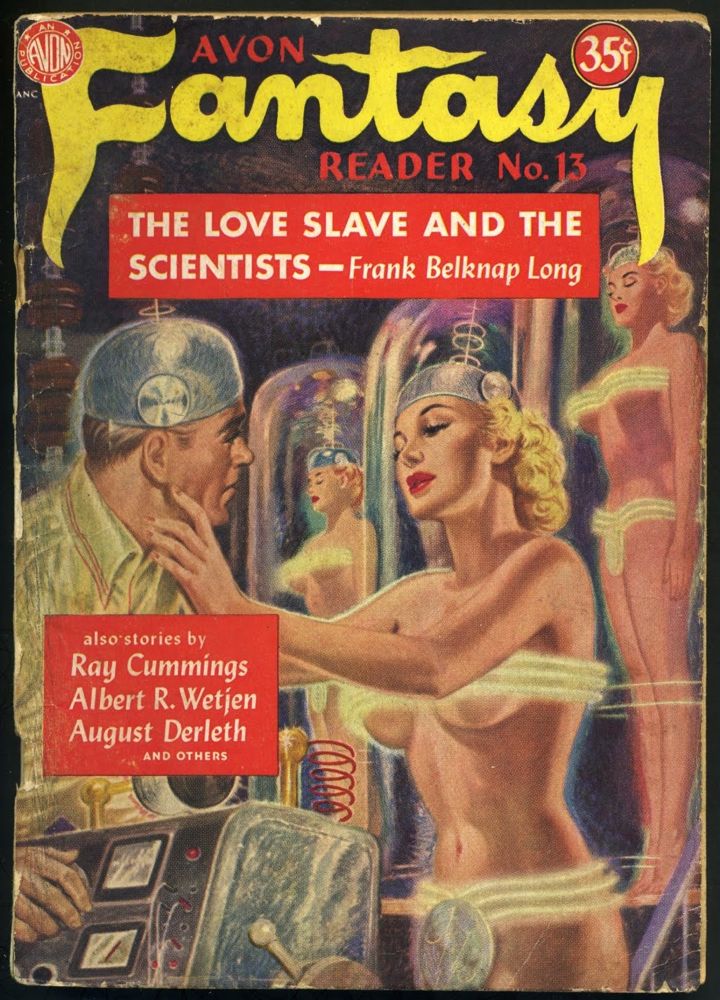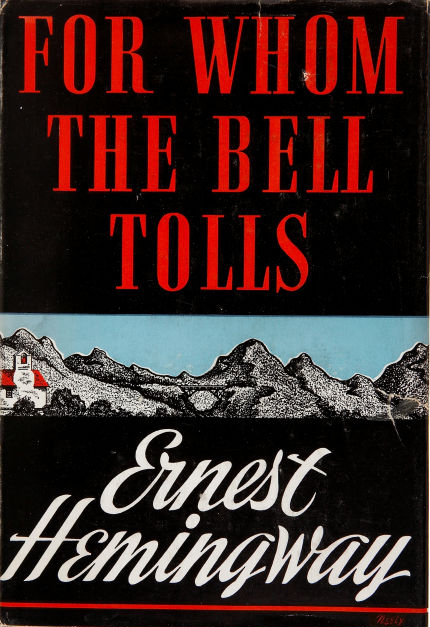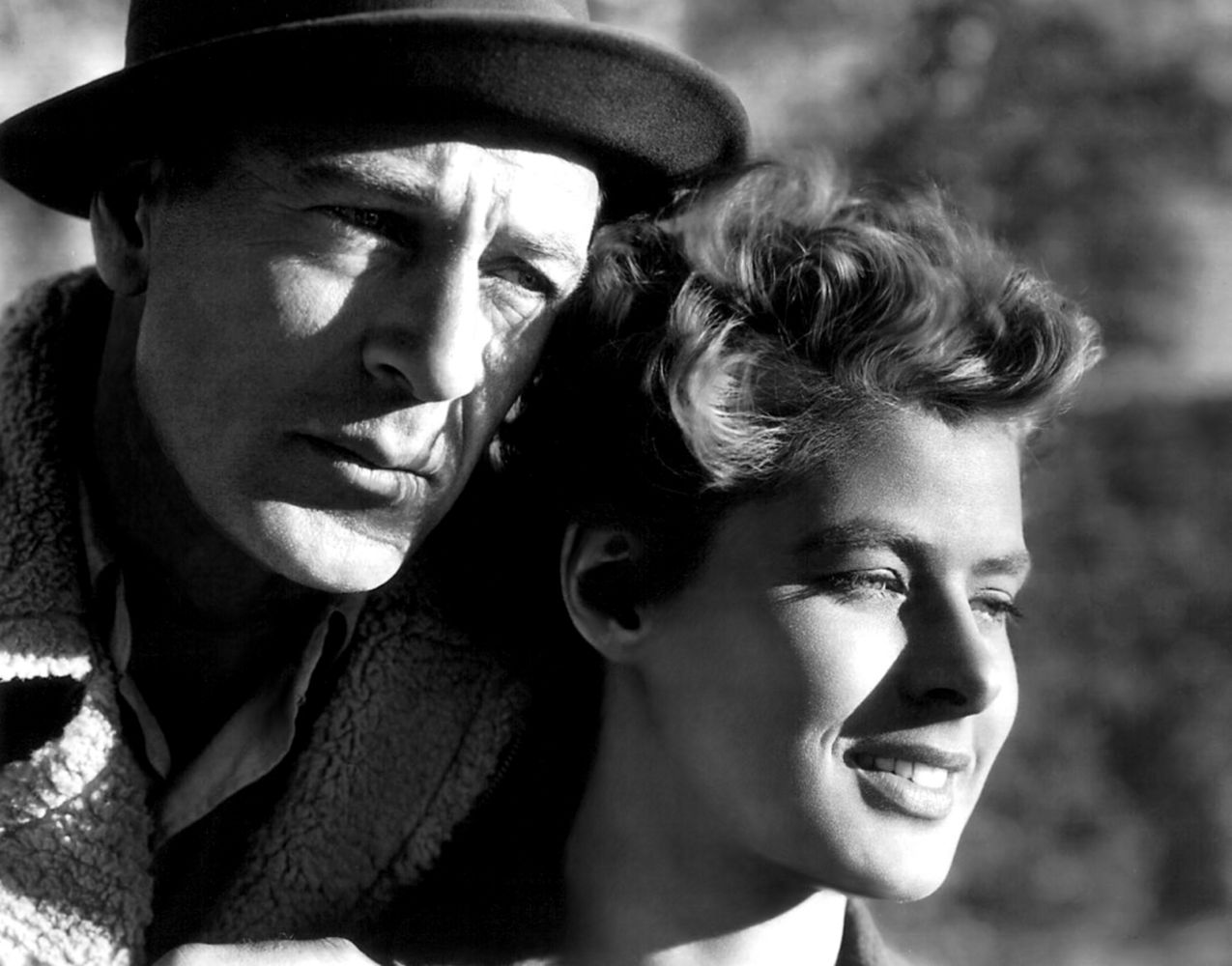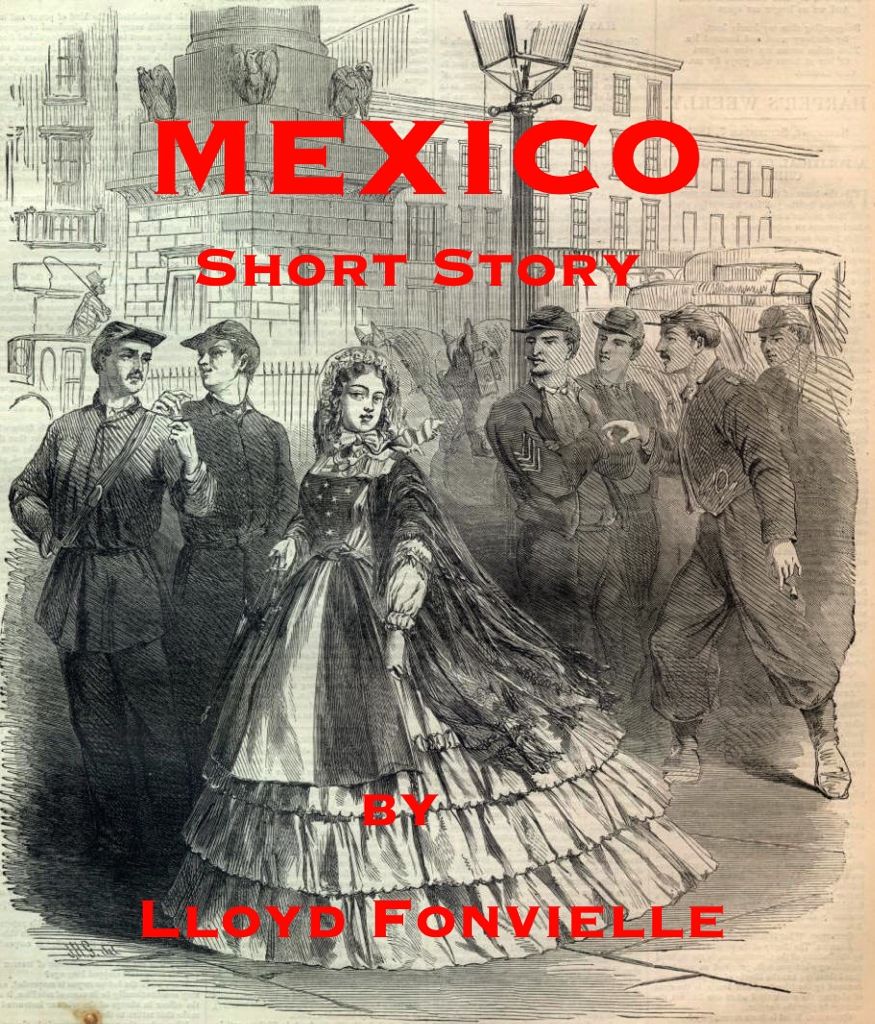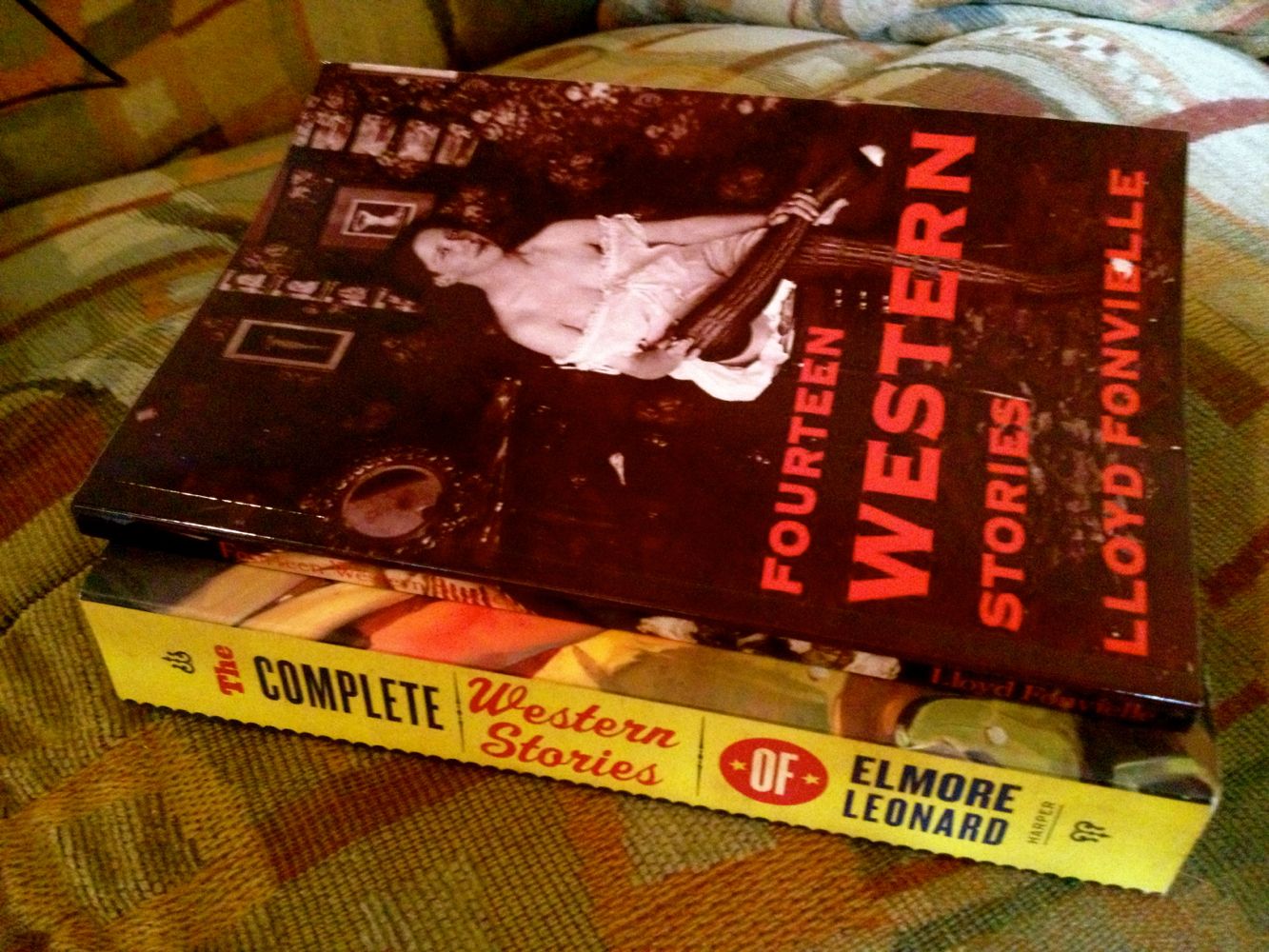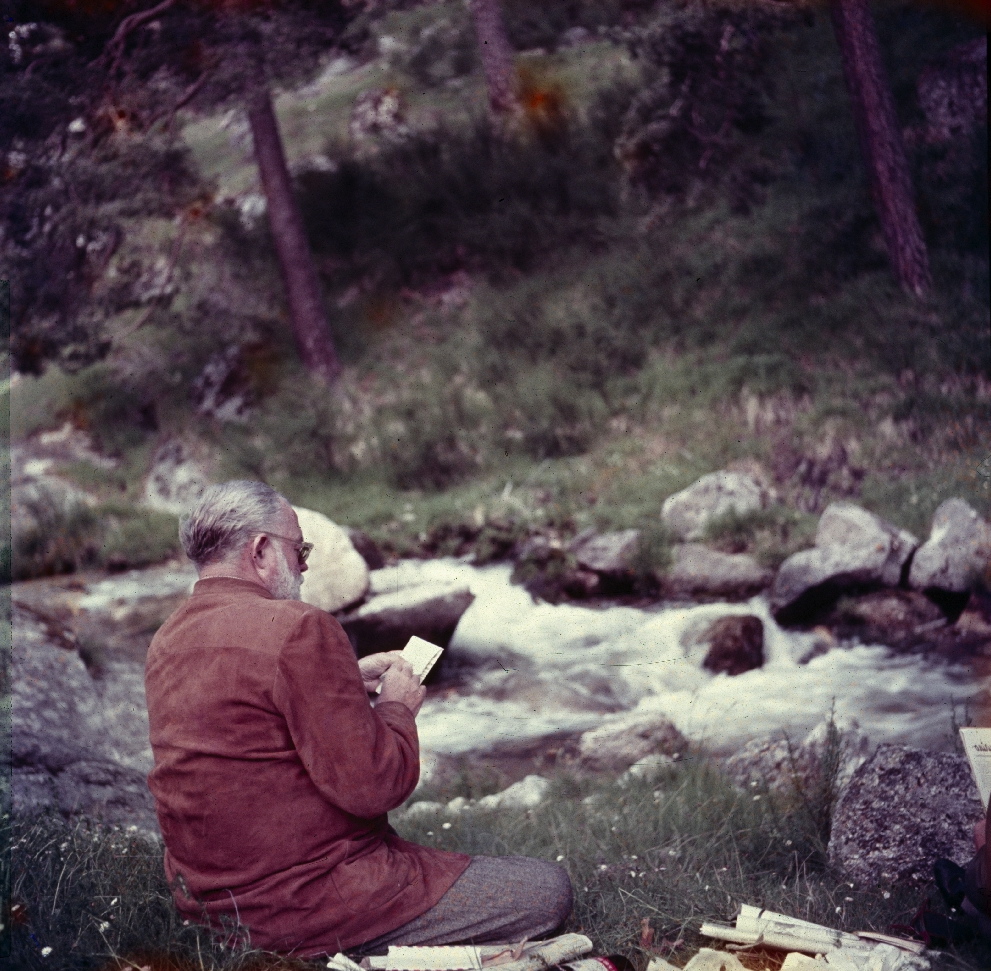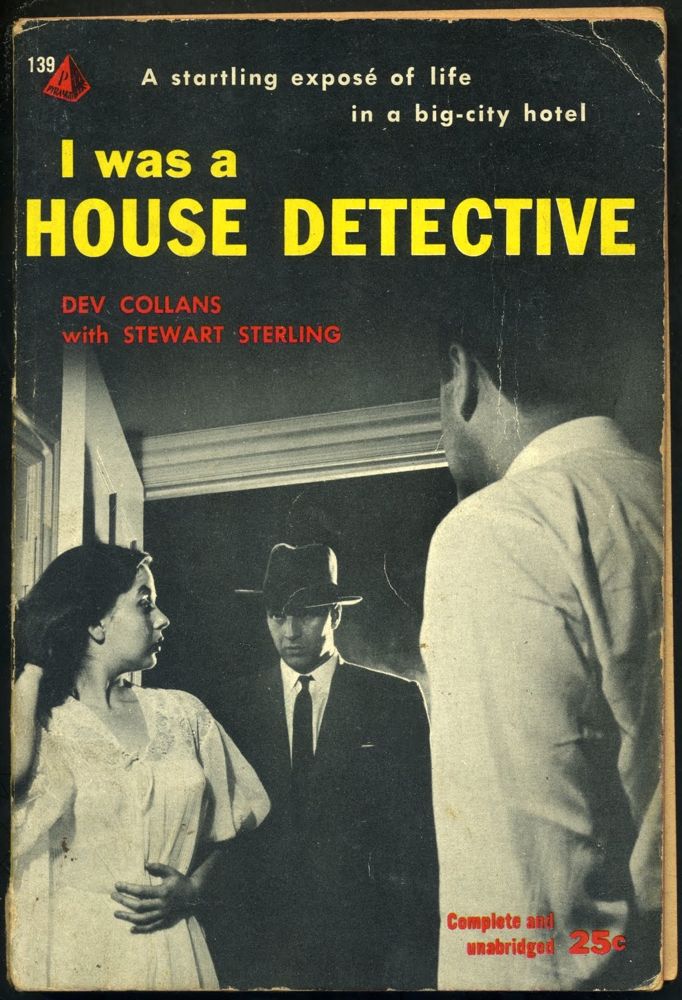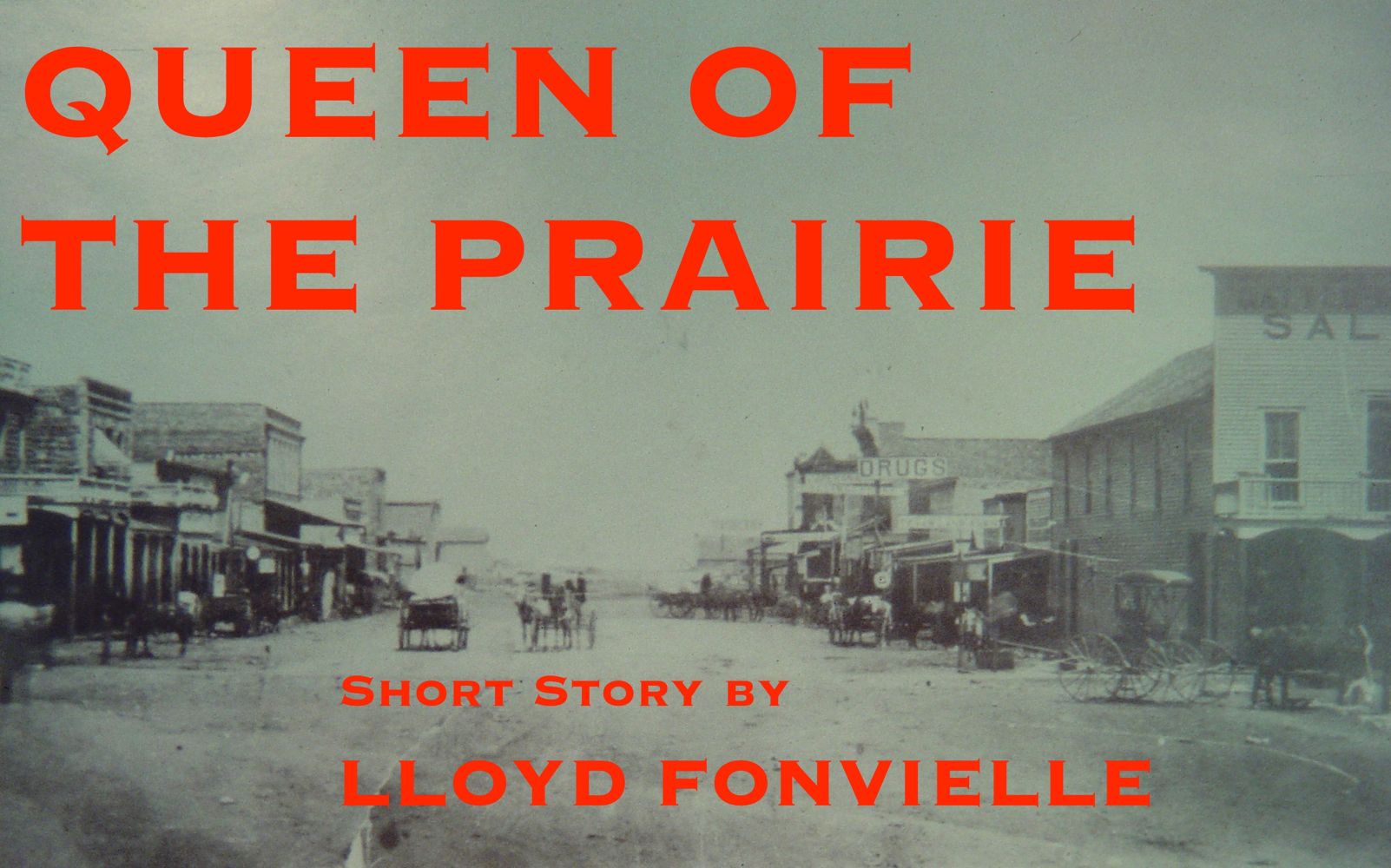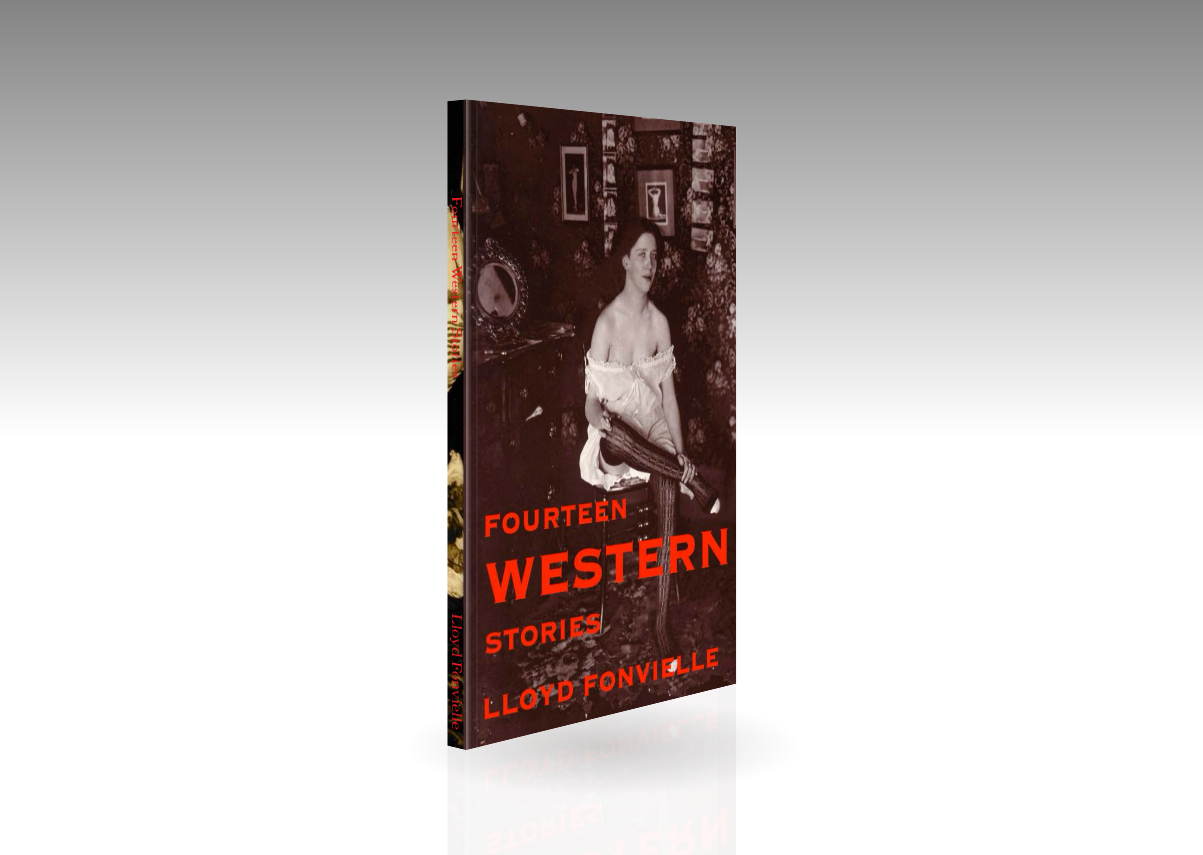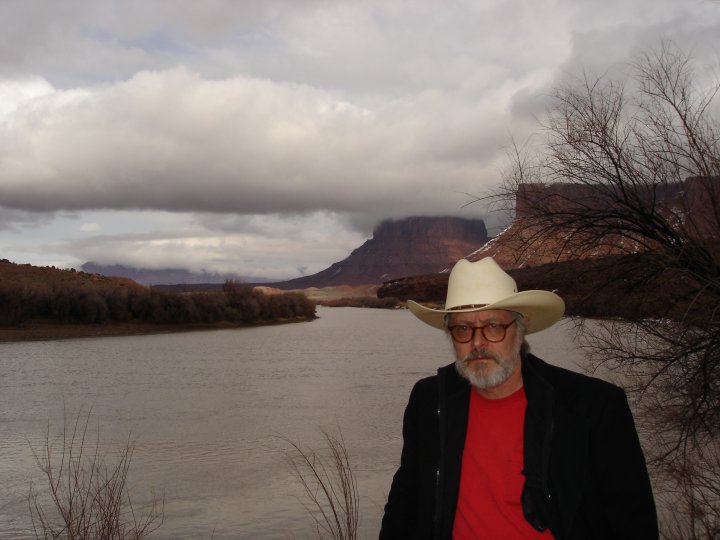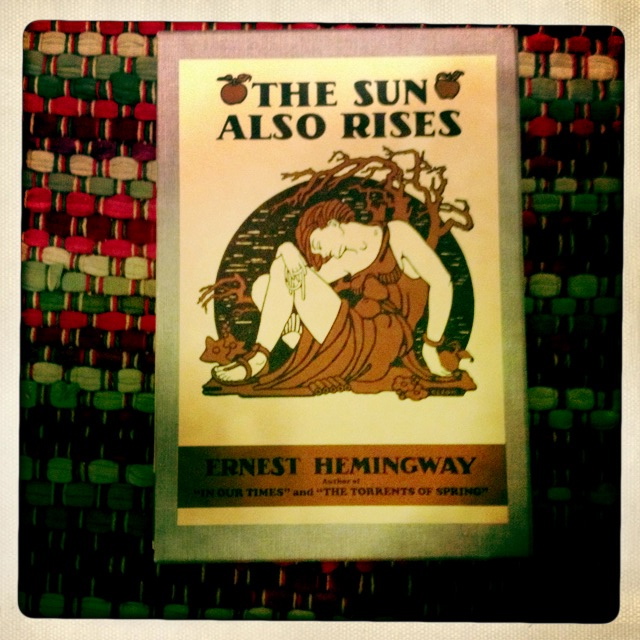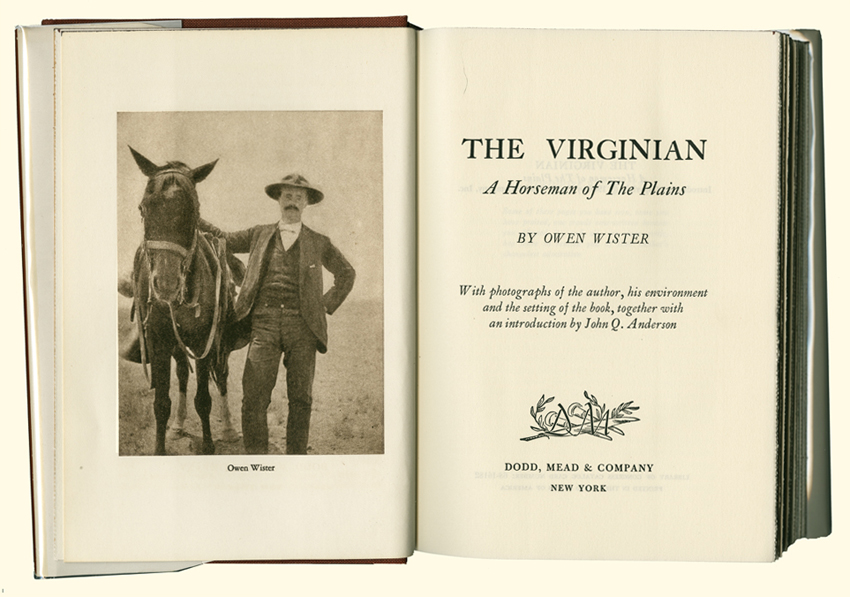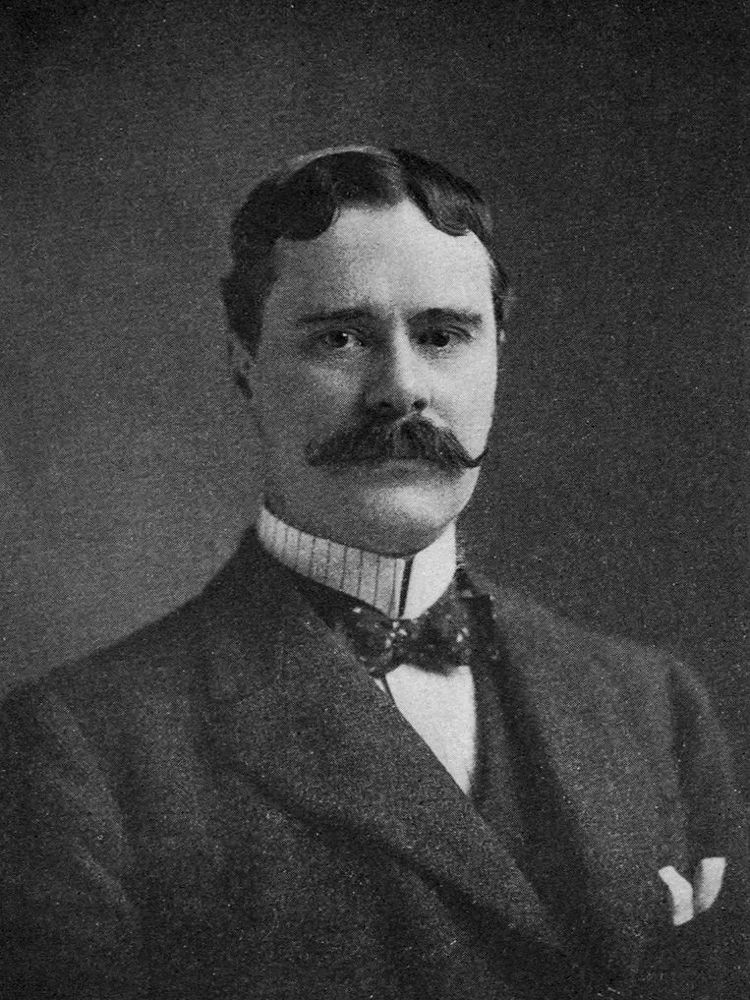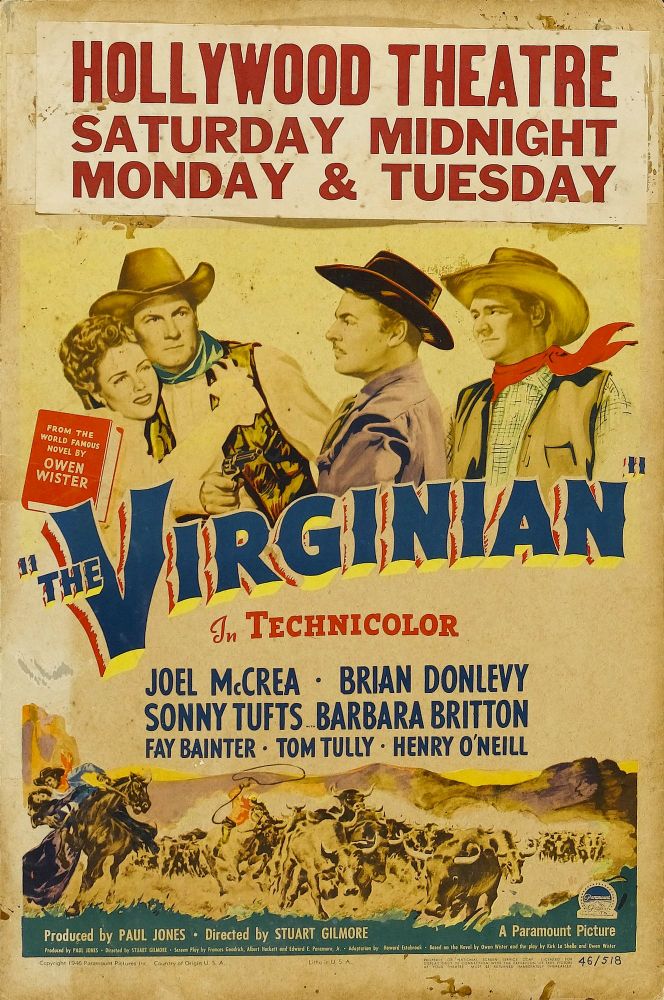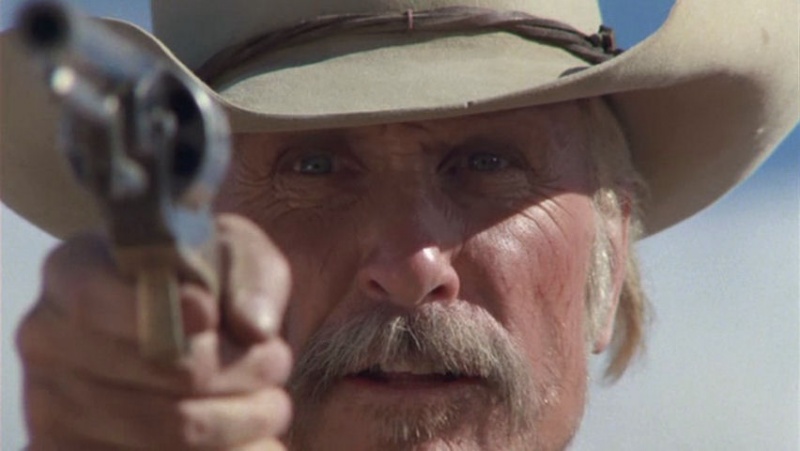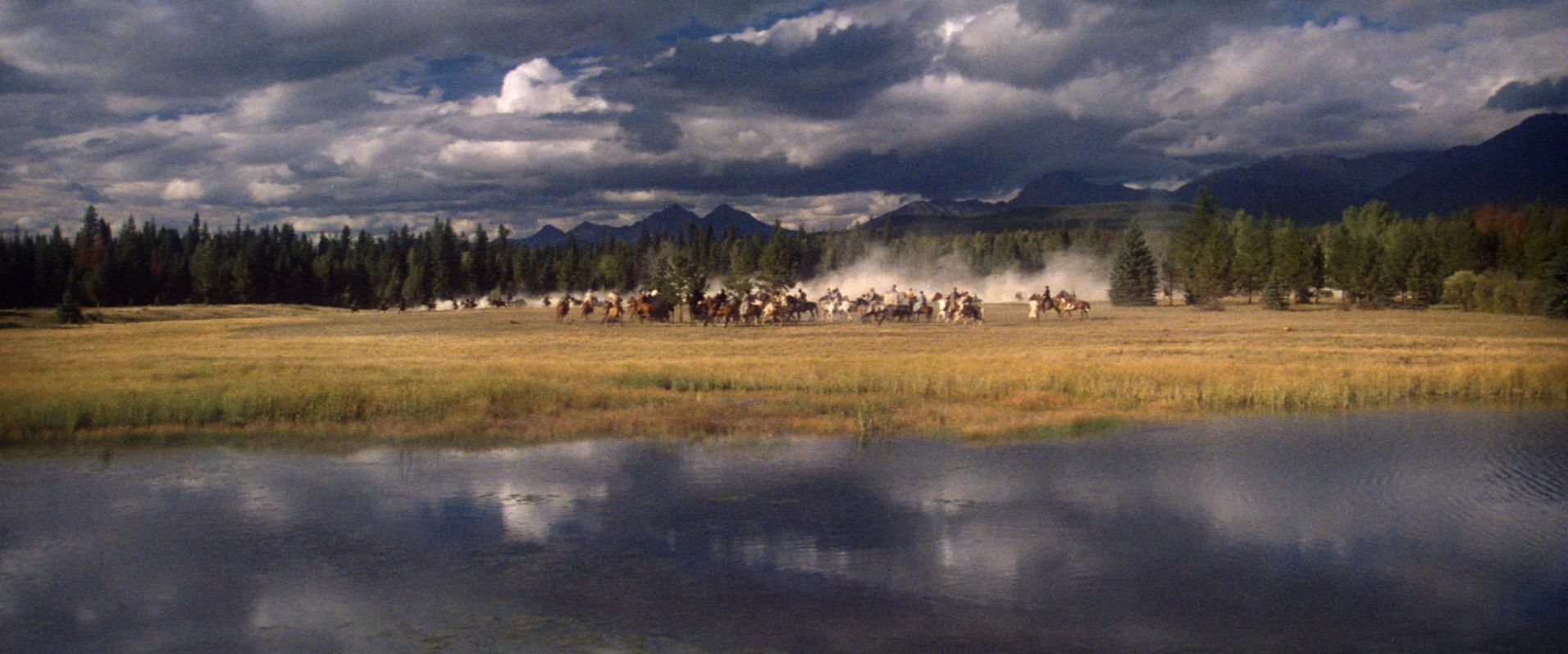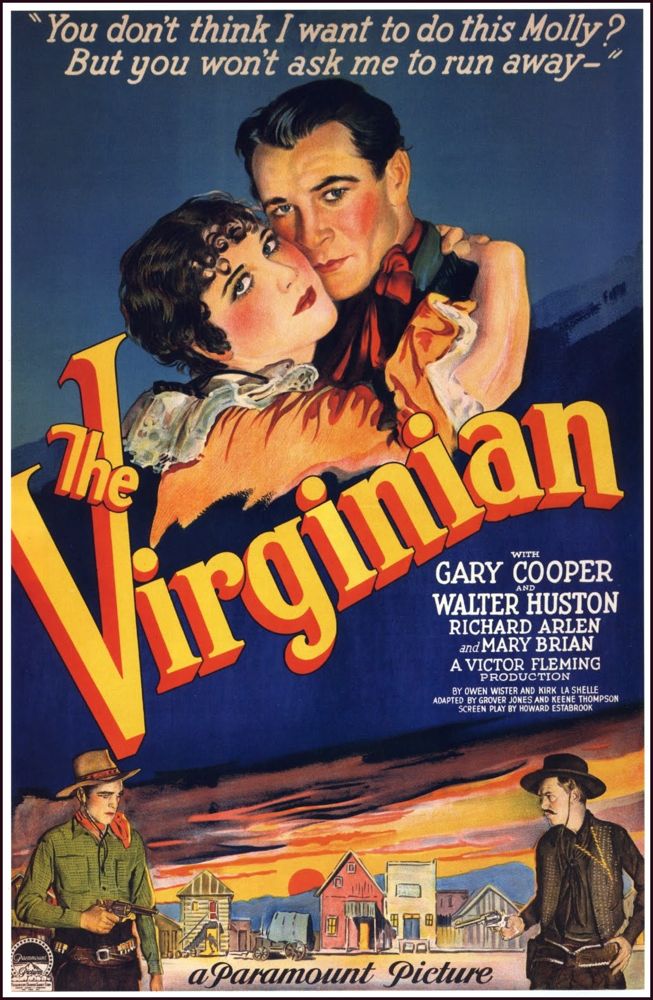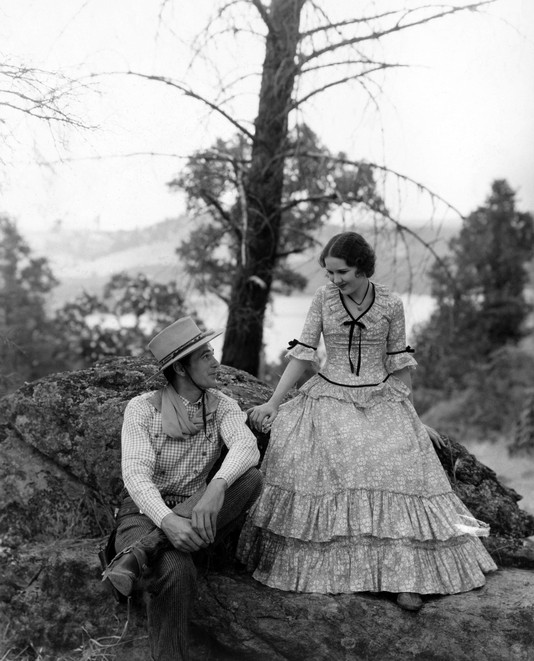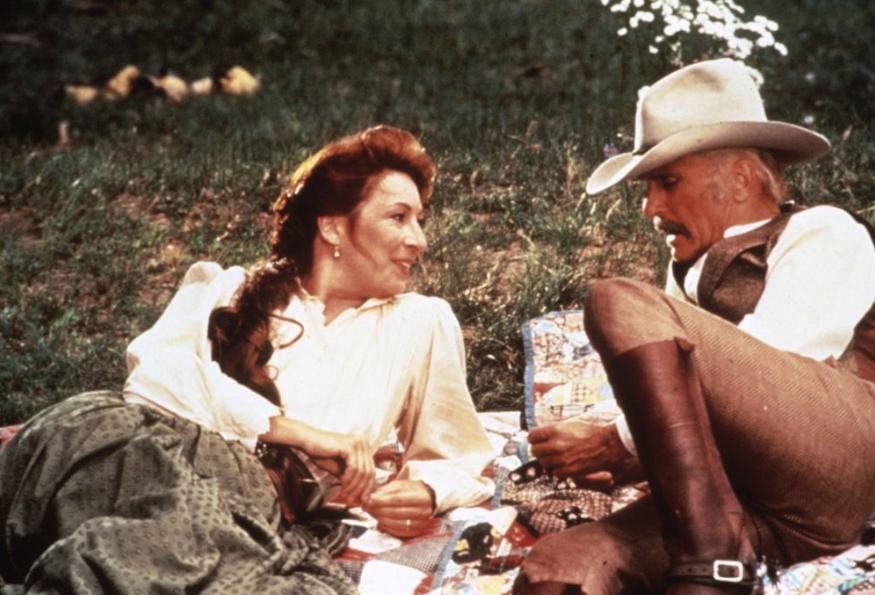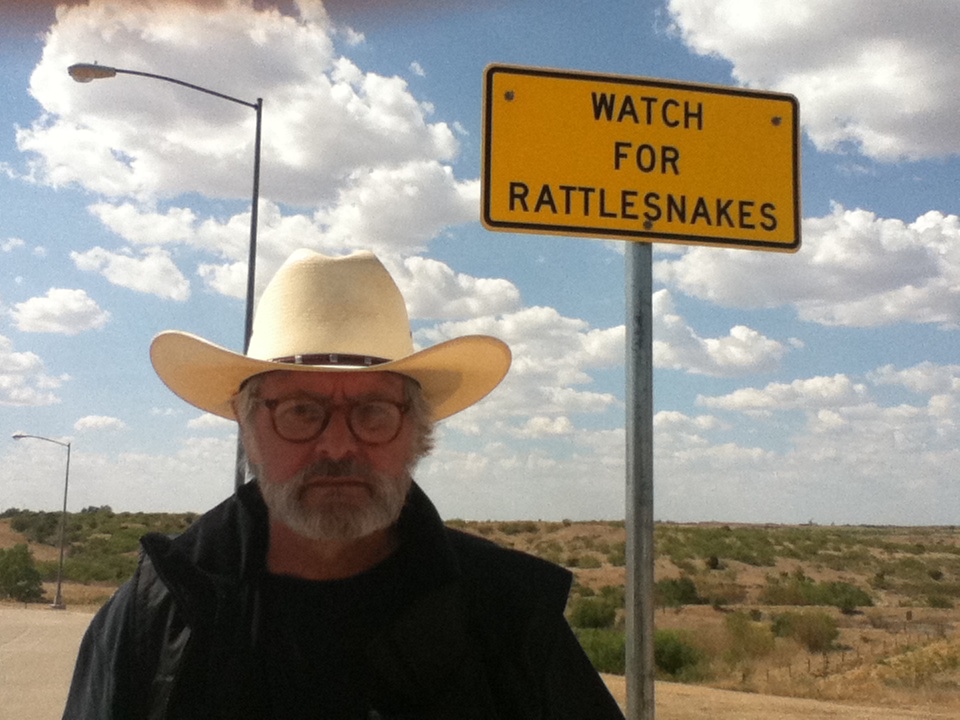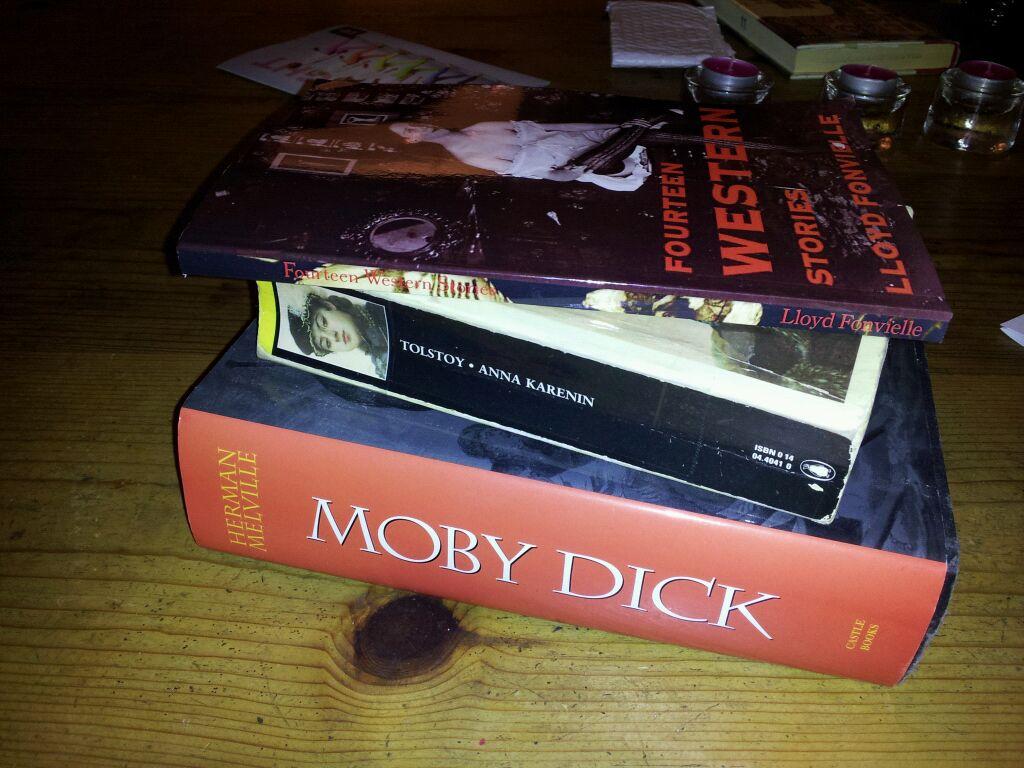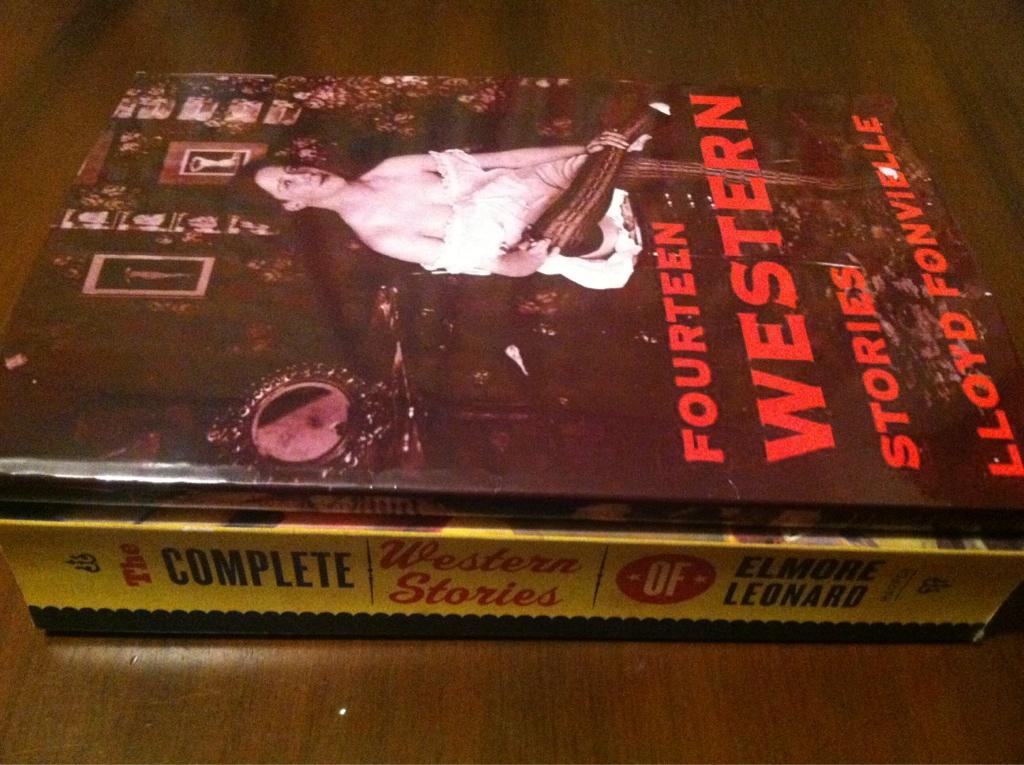Click on the image to enlarge.
Category Archives: Books
INSPIRATION
NOW
There is nothing else than now. There is neither yesterday, certainly, nor is there any tomorrow. How old must you be before you know that? There is only now, and if now is only two days, then two days is your life and everything in it will be in proportion. This is how you live a life in two days. And if you stop complaining and asking for what you will never get, you will have a good life. A good life is not measured by any biblical span.
— Robert Jordan, For Whom the Bell Tolls
Click on the image to enlarge.
A WESTERN STORY
In 1865 a dashing young man and a breathtakingly beautiful young woman meet on the Hurricane deck of a Mississippi steamboat and embark on a most unlikely adventure — one of the tales in Fourteen Western Stories, available on Amazon for the Kindle and for free Kindle reading apps, which work on almost all computers and portable devices.
Also available in a handsome paperback edition:
Click on the images to enlarge.
TWO RULES
A PULP PAPERBACK COVER FOR TODAY
A WESTERN STORY
A teenage trail driver from Texas makes his first visit to a Kansas cow town, with bittersweet results — one of the tales in Fourteen Western Stories, available on Amazon for the Kindle and for free Kindle reading apps, which work on almost all computers and portable devices.
Now available in a handsome paperback edition, too:
Click on the images to enlarge.
TEN THOUSAND CATTLE STRAYING
This song, often collected in anthologies of cowboy ballads and identified as traditional, was in fact written by Owen Wister for the 1904 stage adaptation of his novel The Virginian. Wister, a classically trained musician, had seriously considered becoming a composer before turning to literature as his profession.
As a sidelight to this, in 1893, on a ranch in West Texas, Wister had heard a cowboy singing “Get Along Little Dogies”, which really was a traditional cowboy song. Wister wrote down the words and annotated the tune, and later supplied these to Alan Lomax, who believed this to be the first documented record of the song.
A NEW REVIEW
The book description provided is complete and honest. I enjoyed reading these well written short stories. They presented an entertaining mix of characters and situations written in classic western style.
WISTER ON HEMINGWAY
After reading The Sun Also Rises and the short story “Fifty Grand”, Owen Wister, then sixty-seven, said:
Were I thirty, that’s the way I should wish to write.
After the suicide of Hemingway’s father, as Hemingway struggled to complete A Farewell To Arms, Wister heard that the younger writer was having financial troubles and sent him a check for five hundred dollars, so he could finish his book without having to worry about money.
Hemingway never forgot this. In 1956, he recalled that Wister was one of the few fellow writers he actually liked.
THE VIRGINIAN
Ernest Hemingway once observed that all modern American literature proceeds from one book, Mark Twain’s Huckleberry Finn. It could be said with even greater justice that all of what we now call Western fiction proceeds from one book, Owen Wister’s The Virginian.
Western fiction didn’t really exist before The Virginian, at least not as a respectable literary form. You had sensational dime-novel narratives, and you had the frontier cavalry novels of Charles King, but The Virginian created the myth of the cowboy as a kind of knight errant of the plains, as a symbol of noble manhood to be emulated by the increasingly urbanized and emasculated Easterner.
The book, published in 1902, was well received critically and wildly successful commercially — it instantaneously created a genre, and helped define it for generations to come.
Wister’s book introduced the catchphrase “When you call me that, SMILE,” as well as the theme of the Eastern tenderfoot instructed in the virile arts by a true plainsman. It introduced the theme of the Eastern schoolmarm courted and won by that same plainsman, as well as the theme of problematic vigilante justice on the frontier.
The Virginian of the book’s title — his actual name is never given — must at one point hang an old friend who has become a horse thief. The treatment of this is very similar to the treatment of an almost identical incident in Larry McMurtry’s Lonesome Dove.
The plot of the The Virginian revolves around a range war, which would become another staple theme of the Western. Wister based his on the Johnson County War in Wyoming, which also inspired Michael Cimino’s movie Heaven’s Gate, though Wister — perhaps predictably, since he came from Philadelphia aristocracy — took the side of the rich cattle barons, while Cimino depicted them as the villains of the conflict.
The book culminates in a threat directed by the villain at the Virginian to “get out of town by sundown” or face the consequences — meaning a gunfight in the street, which the Virginian must show up for, even though his soon-to-be-bride says she’ll leave him if he does.
Echoes of the book sound in almost every Western story, on the page and on the screen, created since it was published. (And there have been six movie adaptations of The Virginian itself.) The themes and scenes of the book got reworked again and again in the Western genre.
Most curious, perhaps, is that the female protagonist of The Virginian, the schoolmarm already mentioned, is an exceptionally strong character, whose courage and competence are likened to those of a frontiersman. The climax of the courtship comes when she discovers the Virginian in a remote place wounded in an Indian ambush and on the verge of death. He urges her to leave him and seek safety, in case the Indians return, but she simply reloads his pistol and refuses, then gets him back to safety, singlehandedly.
In the character of Molly Woods, Wister was anticipating the strong, active female characters absent from Western fiction for generations after The Virginian — ones that would begin to appear regularly in novels and movie Westerns only in the 1960s and later . . . in Charles Portis’s True Grit, for example, in McMurtry’s Western novels and in Elmore Leonard’s Western tales. More importantly, the love story between Woods and the Virginian is, despite all the other subplots and action sequences, the core of the novel, just as a love story is at the core of McMurtry’s Lonesome Dove.
Wister was hardly an artist equal to Twain, but he was, in his way, just as visionary and influential. He wasn’t even a storyteller in the class of Portis or McMurtry or Leonard — but The Virginian is, in its way, just about as entertaining as any of their Western tales.
FINALLY
. . . a negative review of Fourteen Western Stories. Oh, well — onto each venture of the heart a little rain must fall.
This book didn’t do anything for me. A couple of the stories bordered on bizarre and several others ended so abruptly I thought I was missing something.
NEW REVIEW
My sister sends me a photograph of her copy of the Fourteen Western Stories paperback, in good company.
Meanwhile, a new review of the Kindle edition:
Worth every penny I paid for it:
I read during my breaks at work, these are great short stories for break time. I enjoyed all fourteen stories.
THE FIRST COPY
Pictured above is, as far as I can determine, the first paperback copy of my book Fourteen Western Stories purchased from Amazon — by a gentleman in California who was kind enough to send me this photographic record of its presence in his home.
YES!
My book Fourteen Western Stories is now available as a trade paperback — only $6.99!
Click here to buy it and start preparing a special place for it in your home . . .
Click on the images to enlarge.

